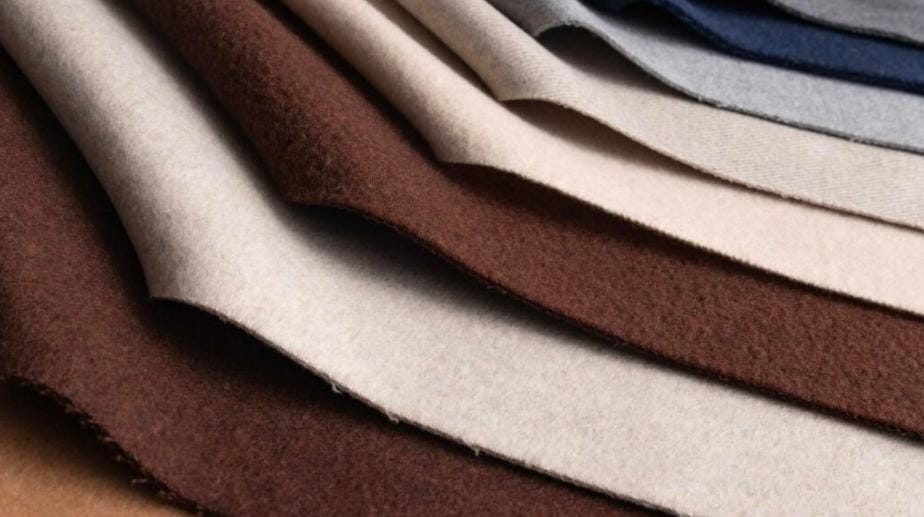Wool has been a trusted companion during chilly months for centuries, but not all wool is created equal. Two of the most luxurious and sought-after varieties—Merino wool and Cashmere wool—often spark curiosity and confusion among consumers. Both are beloved for their softness, warmth, and insulation properties, yet they differ in origin, texture, price, and usage. If you’re shopping for Wool Coats and Jackets, understanding these differences can help you make a smart and stylish decision.
The Origin of Merino Wool vs. Cashmere Wool
The story of Merino wool begins in Spain but has since flourished in Australia and New Zealand. Merino sheep are renowned for producing exceptionally fine wool fibres, often less than 24 microns in diameter. This makes Merino wool softer and smoother against the skin compared to traditional wool. It’s known for its breathability, natural elasticity, and moisture-wicking properties, making it popular in both performance wear and fashion.
Cashmere, on the other hand, comes from a specific breed of goat found primarily in the mountainous regions of Mongolia, China, India, and Iran. These Cashmere goats grow a soft undercoat to protect themselves from extreme cold, which is hand-combed during the moulting season. The fibres harvested are even finer than Merino, often as low as 14–19 microns. This ultra-fine fibre is what gives Cashmere its legendary softness.
Texture and Feel: Which Is Softer?
Both Merino and Cashmere are soft, but Cashmere usually takes the crown when it comes to luxurious texture. Its ultra-fine fibres provide a buttery smoothness that feels like a gentle caress on the skin. This makes it a go-to choice for high-end sweaters, scarves, and accessories. However, high-quality Merino wool is not far behind. Fine Merino wool garments can be almost indistinguishably soft, especially when processed with modern spinning techniques.
What sets them apart in tactile experience is not just softness but also warmth and weight. Cashmere tends to be warmer due to its loftier structure and insulation capability, even though it’s lighter than Merino wool. That said, Merino wool is more versatile in terms of layering and everyday wear, especially when you need performance and style to go hand in hand.
Durability and Care
If you’re looking for longevity, Merino wool generally has the upper hand. Its fibres have natural elasticity, which makes garments more resistant to pilling and stretching out of shape. Merino wool can withstand regular washing (when done properly) and retains its shape well over time.
Cashmere, while luxurious, is more delicate. Its fibres are prone to pilling and can stretch or shrink if not cared for correctly. Cashmere garments typically require hand-washing or dry-cleaning and careful storage away from moisture and pests.
So, while Cashmere might win in the realm of pure indulgence, Merino is a better workhorse for everyday use.
Style and Use in Winter Fashion
When it comes to winter wardrobes, both Merino and Cashmere play starring roles. Merino wool’s breathability and moisture control make it perfect for base layers, cardigans, and even athletic wear. It is especially popular in Winter Double Breasted Coats for Men offering a balance of warmth and function that suits various weather conditions.
Cashmere, being more insulating and luxurious, is often found in premium overcoats, shawls, and statement pieces. Designers often use Cashmere to elevate the aesthetic of winter fashion with pieces that feel as good as they look. It’s ideal for dressing up an outfit or making a sophisticated statement during colder months.
Whether you’re bundling up for a snowy evening or heading into a business meeting, both types of wool offer fashionable options. But your choice may depend on whether you prioritise elegance or practicality.
Sustainability and Ethical Considerations
In today’s eco-conscious world, sustainability is a significant factor when choosing fabrics. Merino wool is often regarded as a sustainable fiber when responsibly sourced. Sheep can be sheared annually without harm, and the fiber is biodegradable. However, the large-scale farming of Merino sheep raises concerns about land use and animal welfare, especially regarding controversial practices like mulesing.
Cashmere production also has its challenges. Overgrazing by Cashmere goats has led to desertification in parts of Mongolia and China. Ethical Cashmere producers are now working to improve grazing practices and animal treatment, but the premium price often reflects these sustainable efforts.
Consumers looking to make an ethical choice should consider certified sustainable options for both Merino and Cashmere, looking for labels like ZQ Merino, The Good Cashmere Standard, or other third-party certifications.
Price Point: What Should You Expect to Pay?
Cashmere is undeniably more expensive than Merino wool. The production process is labour-intensive, and the yield per goat is much lower than that of sheep. It can take fibres from several goats just to make a single sweater. This exclusivity drives up the price.
Merino wool, while still considered a premium material, is more widely available and affordable. High-quality Merino garments are accessible without breaking the bank and provide excellent value for long-term wear.
If you’re on a budget but still want a soft and warm material, Merino wool is a solid choice. For special occasions or investment pieces, Cashmere is worth the splurge.






